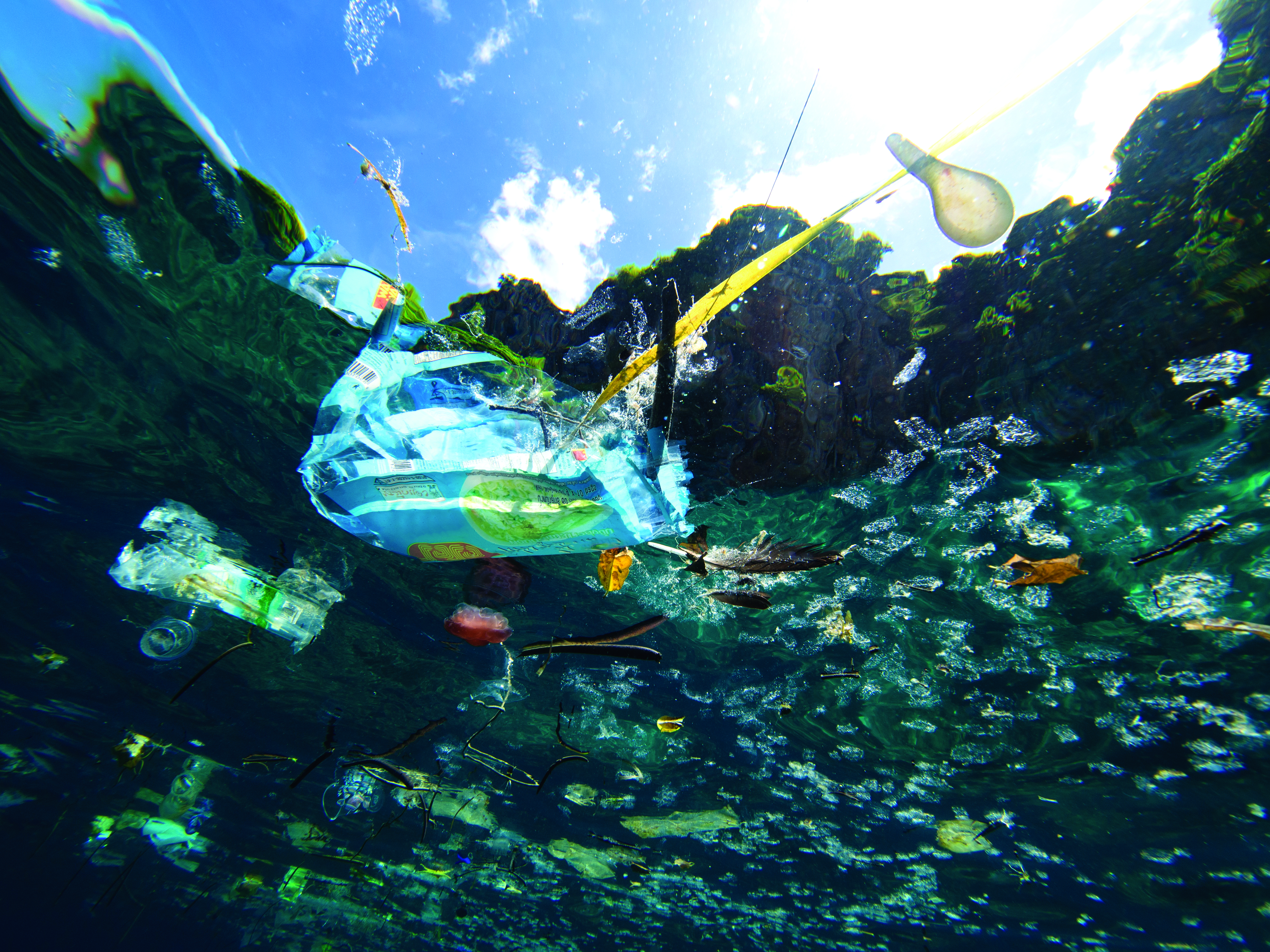The biggest polluters
In November 2018, more than 1,000 pieces of plastic, including cups and flip-flops, were found inside a dead 31-foot sperm whale that washed ashore near Kapota Island in Eastern Indonesia. While pictures and videos of the six kilograms of debris found inside the animal’s stomach made world headlines and were shared all over social media platforms globally in shock and indignation, the umpteenth accident of this kind is causing serious concerns among environmentalists in the world’s second-largest plastic-polluting country.
A recent study by the University of Georgia in the US reveals that China and Indonesia are the top sources of plastic bottles and bags, and the overall top plastic polluters. Together, the two Asian nations account for more than a third of plastic pollution in global waters. According to a comprehensive study by The Wall Street Journal, in 2010, China produced 8.8 million metric tons of mismanaged plastic, which resulted in an estimated 3.53 million metric tons of plastic marine debris in the ocean. Indonesia, for its part, produced 3.2 million, of which 1.29 million ended up in global waters.
Over the years, the situation has further deteriorated as frenetic economic growth and urbanisation leave limited-to-zero space for environmentally friendly policies. For developing countries in particular, balancing sustainability and a booming industrial sector has become the main challenge of our time. Asia, which is leading the pack as the continent with the fastest developing nations, and which is now the global beacon of technological advancement and innovation, is responsible for more plastic waste leakage than the rest of the world combined. Some of the most extreme estimates by research centres around the world predict that it will take as long as 450 years to get rid of all the plastic currently polluting our seas and killing marine species every day.
Yes, these numbers are scary and make us feel powerless. Is there something that we can actually do to reverse the course of centuries of human exploitation of our planet? I’ve been asking myself this question a lot recently; it’s the kind of moral-social dilemma that keeps coming up at dinner parties and haunts us every time we see someone using a plastic straw, bottle or bag, or we’re in a situation where we can’t avoid using them.
Last month, however, as I was sitting in a small suite packed with other journalists and photographers at The Landmark Mandarin Oriental for National Geographic’s Planet or Plastic media fireside chat, I was positively energised by the active measures that the experts on the panel are taking to tackle the emergency in Asia. Planet or Plastic is a multi-year initiative launched by National Geographic that aims to raise awareness and dramatically reduce the use of all the single-use plastic that eventually ends up in the oceans, ultimately helping contribute to the overall health of the world’s marine ecosystems.
“We’re living in the post-truth world – it’s now more important than ever to provide the public with reliable scientific research [to expose environmental problems],” says Tracy Wolstencroft, president and CEO of the National Geographic Society, as he introduces the panellists. “The media also have a role – they need to give hope, but also define reality.”
The initiative asks consumers and corporations in Asia to take the pledge of and commit by taking immediate action to reduce single-use plastic consumption. But most importantly, it changes the view that many Asian countries don’t have the infrastructure and competencies to do so. On the contrary, most of the panellists, including National Geographic Explorer, paleoclimate scientist and paleoceanographer Intan Suci Nurhati, stresses these points.
Coming from Indonesia, she personally took on the fight to stop the escalation of this calamity years ago. Nurhati, like Laurel Chor – another National Geographic Explorer, conservationist, journalist and filmmaker from Hong Kong that contributes to the panel discussion – is conscious of the enormous challenges that Asia is facing, especially when it comes to the role of China in the global power balance at a time when environmental policies and climate change have become influential tools of soft power.
From Indonesia to the world’s oceans

Nuhrati defines herself as a “city girl” who grew up in Jakarta, one of the most polluted cities in the world. She became a scientist because she witnessed one of the most intense natural disasters, El Niño–Southern Oscillation (ENSO), which wreaked havoc on Indonesia in 1997 and 1998 during the Asian financial crisis. We talked to Nurhati about her career, being a National Geographic Explorer, and her views on the current and future environmental challenges of her country, Asia
and the world.
Why did you decide to become a paleoclimate scientist and paleoceanographer?
I dived into the field because I wanted to help societies steer away from disasters. During ENSO in 1998, people were lining up to receive subsidised daily needs because prices were skyrocketing. Less than a year later, riots took place in Indonesian cities as well as flooding. The experience motivated me to learn about crisis-proof financial instruments. And upon learning that ENSO is cyclical, I wondered: how can we make societies more resilient to ENSO when the beast returns?
I started my journey studying economics and I eventually reunited with my old nemesis, ENSO, but I was armed with knowledge about how understanding its long history written in reef-building corals is an important key to predicting it. The study of this is called paleoclimatology and paleoceanography.
Can you also explain what it specifically means for people not familiar with sciences and the profession?
Basically, I’m a paleontologist who studies climate and the ocean instead of dinosaurs. I mentioned corals several times already, because they are like a history book of our climate and oceans, including the history of ENSO. Many people fell in love with corals because of their looks, but I fell for them for being a brainiac, full of valuable information – like when we admire a gorgeous, smart person. In the field, I search for large, old corals because they tell lengthier century-long stories.
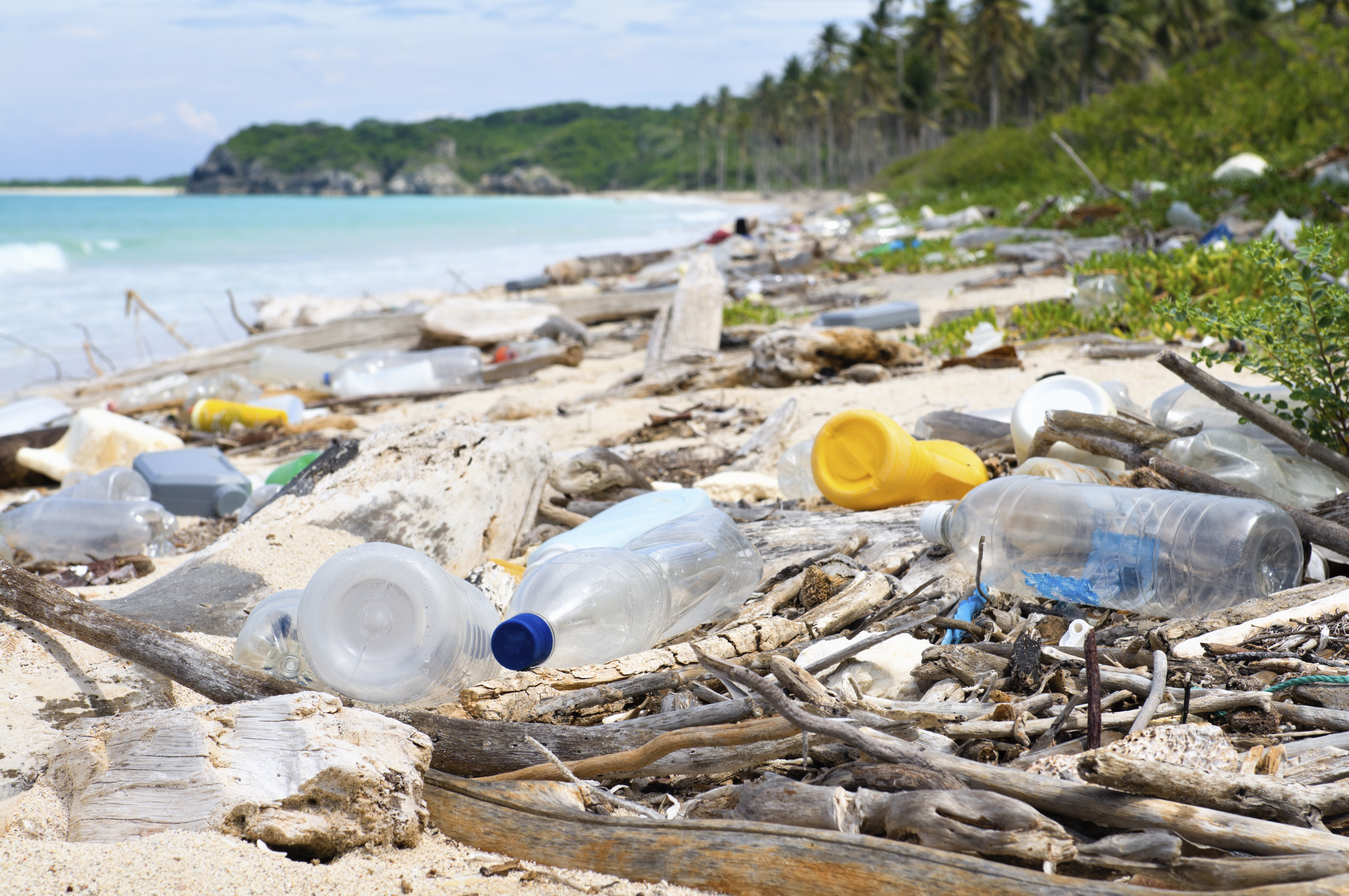
It must be incredibly exciting to be a National Geographic Explorer. How did it happen and what does it feel like to be a part of such a prominent global organisation?
I remember it was New Year’s Eve of 2016 when I submitted my proposal to the National Geographic Society, as my family was preparing to grill satay on the porch. A few months later, I heard the positive news that they would fund me to set up the first ocean acidification monitoring station in Indonesia! Ocean acidification is a by-product of climate change, threatening the coral reefs that I care about, because acid and chalk-like material don’t mix well. I am forever grateful to be part of the National Geographic Explorer family with such supportive people at the organisation. I love the intersection of science, storytelling and networking with influencers, including those in the media and business sectors. I believe that the key to having a sustainable planet is through our commitment that ecology and economics should be on the same page.
You’re from Indonesia, the world’s second largest plastic waste producer. Did the situation in your country inspire you to pursue this career?
Well, I grew up in Jakarta. I love the city, but I must say that I grew up with the side effect of being accustomed to seeing trash. Becoming a scientist made me aware of the gravity of our imprint on the ocean, which our data highlights. But more importantly, pollution has made its way to remote and deep parts of the ocean. As a true-blue city dweller, I see this as an opportunity because I am part of the problem, so changing my lifestyle and encouraging people around me is part of the solution.
Have you seen a lot of changes in Indonesia throughout the years when it comes to both government policies and personal initiatives?
President Joko Widodo is taking the issue of marine debris seriously and as such, several ministries are coordinating to tackle the problem – from increasing awareness in the school curriculum to reducing marine debris that goes into the oceans from land- and sea-based sources, and to investing in research and development. We have tested reusing plastics into an asphalt mix to make roads, which lowers the cost by 10 per cent and increases the durability by 40 per cent. Recycling is not yet facilitated at a consumer level, but some start-ups have created apps through which people can get tokens by reducing their plastic waste. We still have a long way to go, so it’s important to scale up the efforts and keep the momentum going.

Let’s talk about China. During the panel discussion in Hong Kong, you mentioned recent travels to the country to work with local scientists. What is happening in terms of preventative measures and environmental policies?
China progresses impressively quickly. I remember visiting Beijing years ago and feeling a pain in my lungs from the polluted air, but things are changing. China also invests significantly in environmental research, including coral reef restoration and marine debris. My institute has been collaborating with Chinese research institutes for several years. China has done an impressive job in creating liveable cities with good public transportation and green spaces.
Do you see China and Indonesia collaborating more and leading the pack in the region and the world?
We are already collaborating on micro-plastic research in our joint cruise expeditions and continuing to expand our collaborative work on mutual interests. I see the need to learn from other countries on success stories in tackling plastic issues. Asia is the star of this century when it comes to economic growth and the opportunity to keep the planet in balance – the 21st belongs to Asia. Having respected organisations like National Geographic encouraging partnerships really does make a difference to the situation – whether it’s big or small. On this point, I need to highlight that there are more people living on this continent than anywhere else in the world, so the stakes are higher to get things right. And some of the biodiversity hotspots such as the Coral Triangle are located in the region.
One of the most popular and simplistic arguments often used is that many Asian countries don’t have the resources to implement environmentally friendly policies while continuing to grow their developing economies. What’s your view on this?
The paradigm to choose economics over ecology is archaic. We know that the lack of a sound recycling system isn’t sustainable because it costs the economy in the long run. The United Nations recently launched its sustainable development goals (SDGs), which highlight the direction of our development with the environment in mind. Indonesia has also had a huge issue with damaging fishing practices, such as bomb and cyanide fishing, that kill coral reefs. The goal was
to make them stop, but these people need to feed their families, too. It’s essential to think of ways where ecology and economy work together. If they kept doing the damaging practices, their livelihood would only last for about two years. But if they made the change by shifting to other practices, the reefs would sustain their food security for many generations.
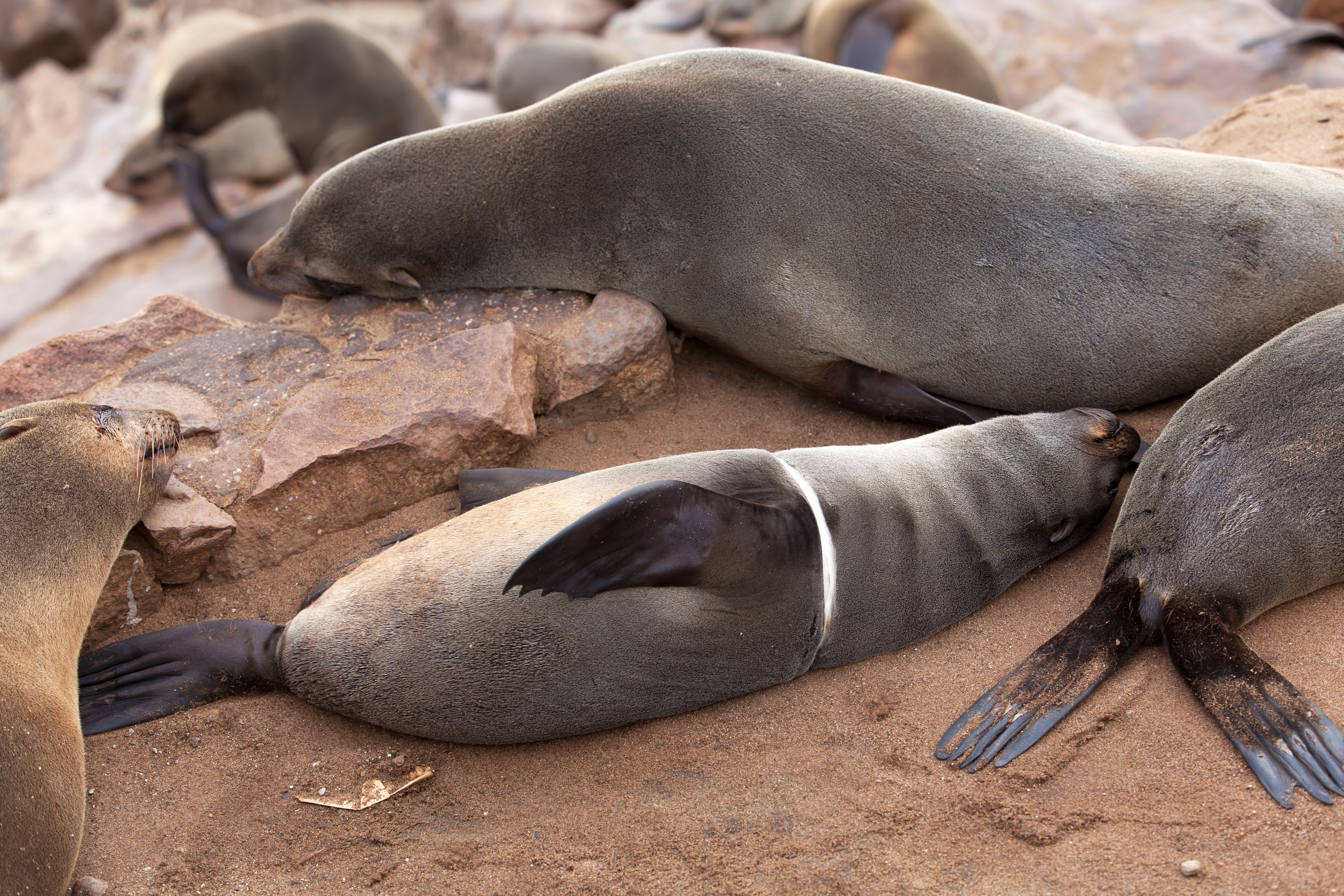
China versus the world
China is currently the country that emits the most pollution. Yet it’s openly building new coal-fired power plants throughout the nation. More than any other superpower in Asia and in the world, its environmental policies are scrutinised by NGOs and international organisations because of its importance on the world stage.
While it’s hard to perceive from the outside and from data, there is a fierce new generation of Chinese environmentalists that are quickly changing things, both on a local and institutional level. With their innovative approach, they’re also pushing the government to implement more and more green policies every day. National Geographic is committed to supporting and funding them through Planet or Plastic and other initiatives with the aims of making an impact in the world’s most populous nation.
For years, Zhang Boju, the director-general of Friends of Nature, one of the most influential and first-ever environmental NGOs in China, has been a National Geographic Explorer and has carried out massive projects to inform the public about incinerator plants in Beijing, as well as initiatives to tackle plastic pollution in the city and around the nation. We talked to him about his projects and how the world sees China in comparison to what’s actually happening at the societal and governmental levels.
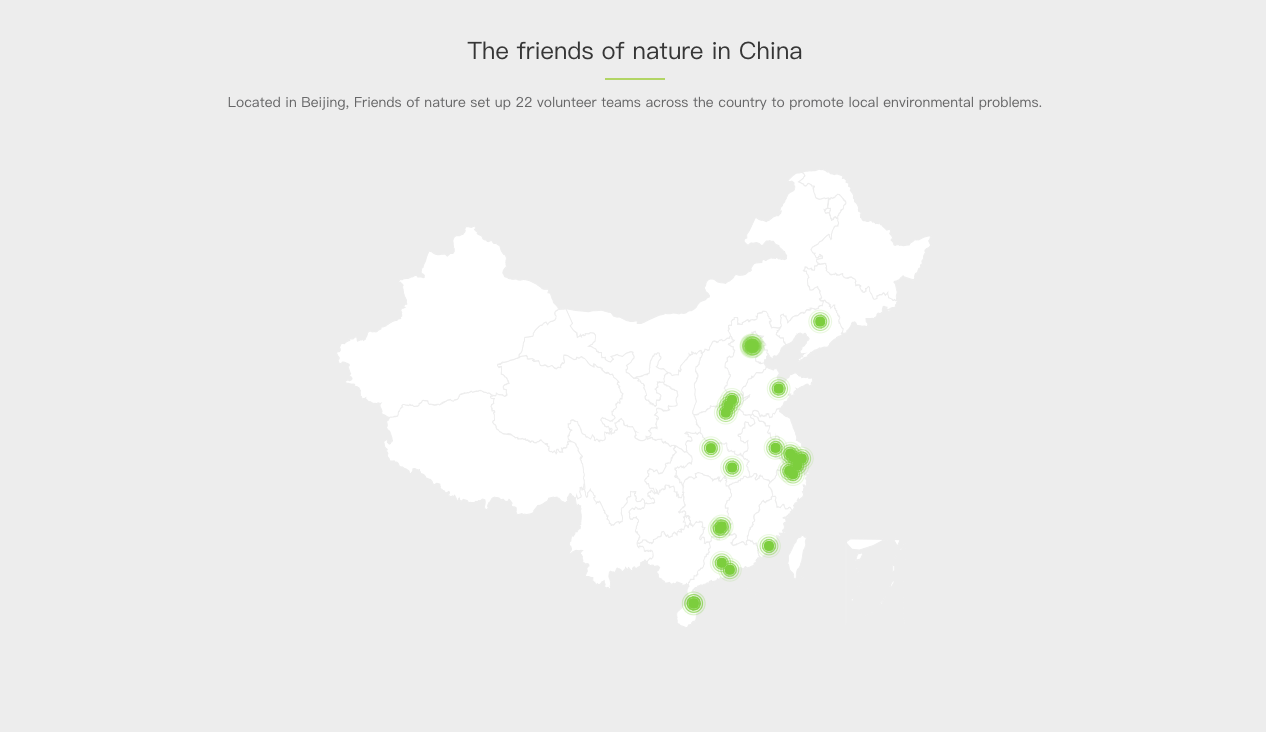
Can you tell us a bit more about Friends of Nature? How did it form and what do you exactly do to tackle pollution in China?
Friends of Nature was founded in March 1994 and we are one of the oldest NGOs in China. In fact, at the time we were created, NGOs were, strictly speaking, “forbidden” from establishing a branch office, Friends of Nature was China’s first-ever NGO. Unfortunately, these days, many people view China as the problem when it comes to contributing to pollution and wider environmental issues. But there really is a substantially growing group of individuals and organisations that are dedicated to tackling pollution. Our focus has been relatively wide-reaching, from looking at protecting endangered species like the snub-nosed monkey and the Tibetan antelope to awareness-raising campaigns on plastic pollution and climate change, and to promoting environmental rule of law. A lot of our efforts are centred on rebuilding the bond between human beings and nature, and simultaneously preserving the ecosystem and promoting the growth of green citizens.
Do you see a lot of grassroots engagement nowadays?
I think the answer is definitely yes. More and more people in China, in Asia and around the world understand the issue of pollution and they are asking, “What can I do, together with my friends, family and community, to make a difference?” And the exciting thing is that grassroots engagement really can create a tangible, positive change for the planet. National Geographic’s new Planet or Plastic campaign, for example, is asking people to take a pledge to reduce their use of single-use plastic and join forces with a global community doing the same. The campaign expects to prevent a billion single-use items from reaching the ocean – and providing that individual action can have a major impact on thousands to potentially millions of marine animals, and contribute to the overall health of our planet’s marine ecosystems.
How do you try to make these problems accessible to the general public and how do you raise awareness among citizens?
Raising awareness and making these problems accessible to the general public comes down to the power of storytelling. The power of storytelling is never limited to just one method or medium, especially when it comes to cracking tricky demographics like Gen Z. I love National Geographic’s approach to this through the Planet or Plastic campaign. They have partnered with the content platform Wattpad to host an ongoing story contest that asks young writers to creatively consider the alarming impact of plastic on the environment.
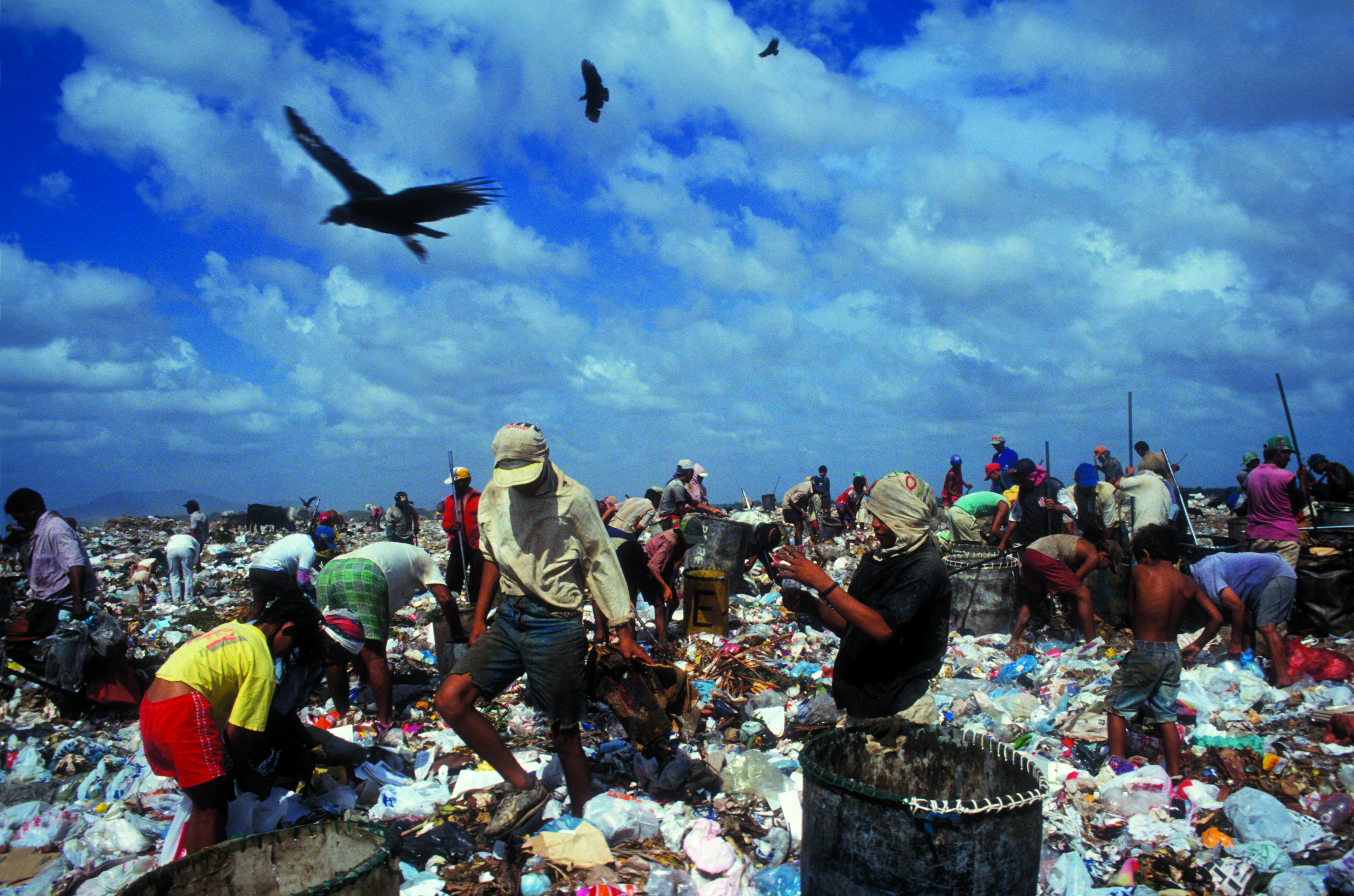
What can Asia do as a continent to contain the damage?
Across the globe, people and organisations are waking up to the urgency of plastic waste pollution – and that includes Asia and beyond. In order to contain the damage and reduce the likelihood of it spreading, it’s an opportune moment for organisations and people to team up with like-minded corporations and NGOs to reach more people and make a bigger impact for the planet. The problem is in plain sight and it affects us all – but the good news is we can fix it. Real impact can be achieved if we simply make small changes in behaviour: choosing a paper bag or bringing your own, using a reusable water bottle, or refusing straws offered at restaurants and other establishments.
Do you think that China is leading the pack as a global superpower?
For a long time, the West dominated and spearheaded the conversations around environmental issues such as pollution and climate change; however, things are changing. In 2007, the Central Committee of the Communist Party of China coined the term “ecological civilisation”, which means achieving harmony between people and nature. In 2018, China launched a National Sword campaign, which banned the import of 24 types of solid waste, including the majority of plastics. This campaign was groundbreaking.
On the energy front, China’s heavy investments in renewables is looking very promising, as we were ranked the leader for renewable energy investments in 2017 – accounting for almost 50 per cent of the world’s total. Five of the world’s largest solar-module manufacturers hail from China, as do five of the largest wind turbine manufacturers. In 2017, the figure showed a drop in US and European renewable investments; however, Chinese investment in renewables rapidly increased by 58 per cent. All of these figures really speak volumes on the advancements happening within China.

One thing is clear: China’s not what is was almost two decades ago and has a lot more international responsibilities. How is this affecting its role in the fight against climate change?
That’s spot on – in the last 20 years, China has exponentially grown. But with that comes great responsibility. The first thing to understand is that climate change affects the survival and development of everyone across the globe. It’s good news that China has taken a strong hold on addressing climate change and making more significant contributions to low-carbon developments for the betterment of the entire nation and to be a responsible role model within the global community. In the early 2000s, it was rare to see an electric vehicle on the road, but now are we seeing a steady increase in electric vehicles on the roads; by 2021, we are expected to take the lead in the production of electrical vehicles. All of this is a great step in the right direction.
Last December, China unveiled its roadmap for the development of a national-level carbon market – a huge advancement for the nation. This brand-new emission trading scheme ensures China will be able to limit emissions and spearhead the development of the green and local carbon industry. On a broader global scale, China was a key player in ratifying the Paris Agreement – a groundbreaking milestone in the fight towards global climate governance.
How challenging is it to be an environmentalist in China, and what would you say to young Chinese who are interested in the profession and passionate about the cause?
Times have really changed in the last two decades! Professions that were seen as unconventional and only for the very few are now encouraged, and even taught as courses and subjects in universities and schools. My advice for young Chinese who are interested and passionate about the cause is to get involved as much as you can, wherever you can. Taking National Geographic’s Planet or Plastic pledge and getting involved in the fight against single-use plastics is a great place to start! It isn’t just big corporations making changes; a lot of the time, it’s the work on the ground that goes unnoticed but makes the most impact.
This feature originally appeared in the January/February 2019 print issue of #legend


